Content:
Fresh viscous honey reminds with its aroma of summer days, sunny, filled with buzzing bees, warmth, greenery. It is added to tea, used to treat and prevent many diseases. But often in roadside and city markets, a poor-quality product is sold that quickly becomes sugar-free or, even worse, begins to ferment. Therefore, many are interested in knowing when honey is collected so that it is really healthy and tasty.
Honey collection time
During the summer, honey is harvested several times. First, this is the period associated with the collection of a product containing nectar of clover, raspberry, rapeseed. Then - linden, sunflower, lavender, sage, buckwheat. At the end of summer there are herbs. Each type of honey has its own unique aroma, taste, color.
But it's not just the flowering time that affects the harvest time of this amazingly healthy product. It is important that it becomes mature enough, filled with the necessary acids, a sufficient amount of enzymes, and the aroma that reigns in the hive. During ripening, all the water that is in the unripe product leaves it. Pumped out ahead of time, it begins to ferment due to the abundant liquid content.
Immature honey plants are collected mainly by those beekeepers who have few hives, and they strive to release them as quickly as possible in order to get a fresh portion of the product. In this case, the water content is 2 times higher than the established norm, ranging from 18 to 21%.
Other signs of product readiness include the following:
- in the control hive, a decrease in the weight of nectar will be shown for 2, and sometimes even 3 days;
- new nectar is not received for four or more days;
- the trickle that flows out of the honey plant when pumped out should form a distinct mound.
On average, honey becomes mature 2 months after injection.
The collection is usually carried out from a special extension - honey is stored on it. In the process, take only one frame at a time, removing the bees. In no case do they collect it from the brood site.
All of these principles must be followed in small apiaries. The only peculiarity is that the honey season here lasts all summer. The sweet product is collected as the individual frames are sealed.
What month does the pumping of honey begin
When is honey harvested, in what month? Many have heard about the unique taste of May honey. He brings with him the scent of acacia, willow, canola and even dandelions. If you are very lucky and the apiary is located next to acacia thickets or linden forest, the product will contain the nectar of flowers of only these plants.
In May, honey is collected very rarely. This happens mainly in the south. In Siberia and Central regions, pumping should be started only in June or July. This is due to the fact that the bees will collect nectar only after the cold and rain have passed, the flowers have blossomed.
Each region has its own dates for harvesting the first honey harvest.They depend not only on geography, but also on plants that mainly grow in a particular territory.
In the regions of Stavropol and Krasnodar Territory, the first honey is associated with the flowering of white acacia, wild pear, blackthorn, maple, willow, steppe flowers, grasses, garden trees. It begins in the spring, but ends immediately after the gardens have faded. Despite the active flowering, this honey harvest is supportive. The main one belongs to the beginning and middle of July and is associated with buckwheat.
In the steppe regions of the European part of Russia, which include the Ulyanovsk, Lipetsk, Belgorod, Tambov regions, the collection begins in the spring with the flowering of fruit trees and bushes, hawthorn. In June, the beginning of honey collection is associated with the flowering of sainfoin, mustard, in July - with sunflowers, legumes, buckwheat.
In the non-chernozem zone, pollen from flowering lingonberry, willow, clover, meadow geranium, radish, cornflower is used for the first honey product. Bees collect nectar from the first half of June, and pump out the finished product only at the end of July.
In the northern regions of the European part of the country, Tver, Vologda, Yaroslavl regions, bees start collecting pollen also in June. At the beginning of the month - from the color of mountain ash, bird cherry, viburnum. A little later - aspen, alder, hazel. However, collection may not be sufficient due to returning cold weather. At this time, the secretion of nectar stops.
In the linden zone of the Urals and the south of the Far East, pollen and nectar is collected from maple and willow trees in May - early June. Up to 28% of the collected honey belongs to this period in the Urals. This is the so-called supporting honey collection.
In the Far East, the main honey harvest occurs in July. The source of nectar is 3 types of linden:
- Amur;
- far eastern;
- Manchu.
Bees bring up to 30 kg of raw material per day.
In Saratov, Kaluga, Tula regions, the beginning of the collection refers to the spring. Nectar is obtained from dandelions, willows, forest flowers, berry bushes, maple, flowering meadows. The latter often provide the largest volume of honey product. The main period is in July, when buckwheat and linden blossom. During that time, you need to collect up to 65% of the product.
When honey is pumped in Altai
Altai is the leading region in honey production. This includes the Altai Territory and the Altai Republic. The special climate, the combination of steppes and lush meadows, mountains, gardens, forests create unique conditions for the birth of the Altai honey product. When honey is pumped in Altai, it depends on the plant from which the nectar is collected.
Usually it is pumped out here 3 times a year. The first time is in mid-July. This is mountain honey, it is filled with a strong aroma of alpine meadows, combining thyme, oregano, St. John's wort, clover, lavender. The taste of acacia is also mixed with it. This honey is a little bitter.
The first pitching of the taiga product belongs to the middle of summer. The source for it is sage, fireweed, heather, mint, willow-herb, sweet clover, bear's pipe and other herbs. They bloom at different times, and therefore they receive the healing product several times until the end of August.
Lugovoi is harvested from June to September. It is distinguished by its amber, golden color, which is given to it by chicory, dandelion, thyme, St. John's wort, clover, oregano.
Buckwheat honey is especially popular. The plant blooms from late June to early August. In Altai, buckwheat honey has a dark color, delicate delicate aroma. Slightly tart taste distinguishes it from other types of product.
The product obtained from the nectar and pollen of chamomile, dandelion, thistle, and bell belongs to the field.It is pumped from June to late autumn.
The most common beekeeping product of the Altai Territory is harvested during the flowering of sunflower. The plant's vast fields provide an excellent source of pollen and nectar. Flowering begins in the first half of July, lasts almost a month. The product is supplemented with sweet clover, steppe herbs. Finished honey has a light color, soft taste. Collect it in August.
Length of honey season
They are engaged in pumping out a valuable product throughout the summer. The exact time depends on which plant nectar is used for its formation.
Honey from fruit trees, clover, dandelions, maple, willow, some mountain and meadow grasses is collected mainly in June, rarely in May. The collection takes an average of 10-14 days. In many regions, this is the so-called supporting honey collection, in contrast to the main one, when up to 15-20 kg of product is collected per day. Its source is abundantly flowering linden, shrubs, herbs, wildflowers.
The main honey collection usually begins in July and continues until early August.
This is followed by another supporting period associated with the flowering of steppe grasses, mountain flowers, buckwheat. Honey becomes ready by the end of August - September.
Many factors affect the length of the collection time. Among them:
- flowering period of melliferous crops;
- weather;
- the size of the economy.
When is the last harvest
The time when the last honey is harvested depends on the weather, the plants that bloom. Usually this is a supporting melliferous plant. Its volume is small, but often such honey is the richest in taste and aroma. Flowering and activity of bees is limited in time by the coming cold weather and rainy weather.
In the western regions of the country, heather is harvested - it begins to bloom in August. In the Far East at this time, mint, aralia shandra blooms. The last honey product contains the aromas of these plants. West of the Urals, in Siberia, it is filled with weed nectar.
When and in what month honey is harvested, factors such as the type of flowering plants and weather conditions affect. Each period brings its own special smell, taste, benefit. An important condition is the beginning of rolling after the product has matured, water disappears, and honey is filled with the finest aroma.
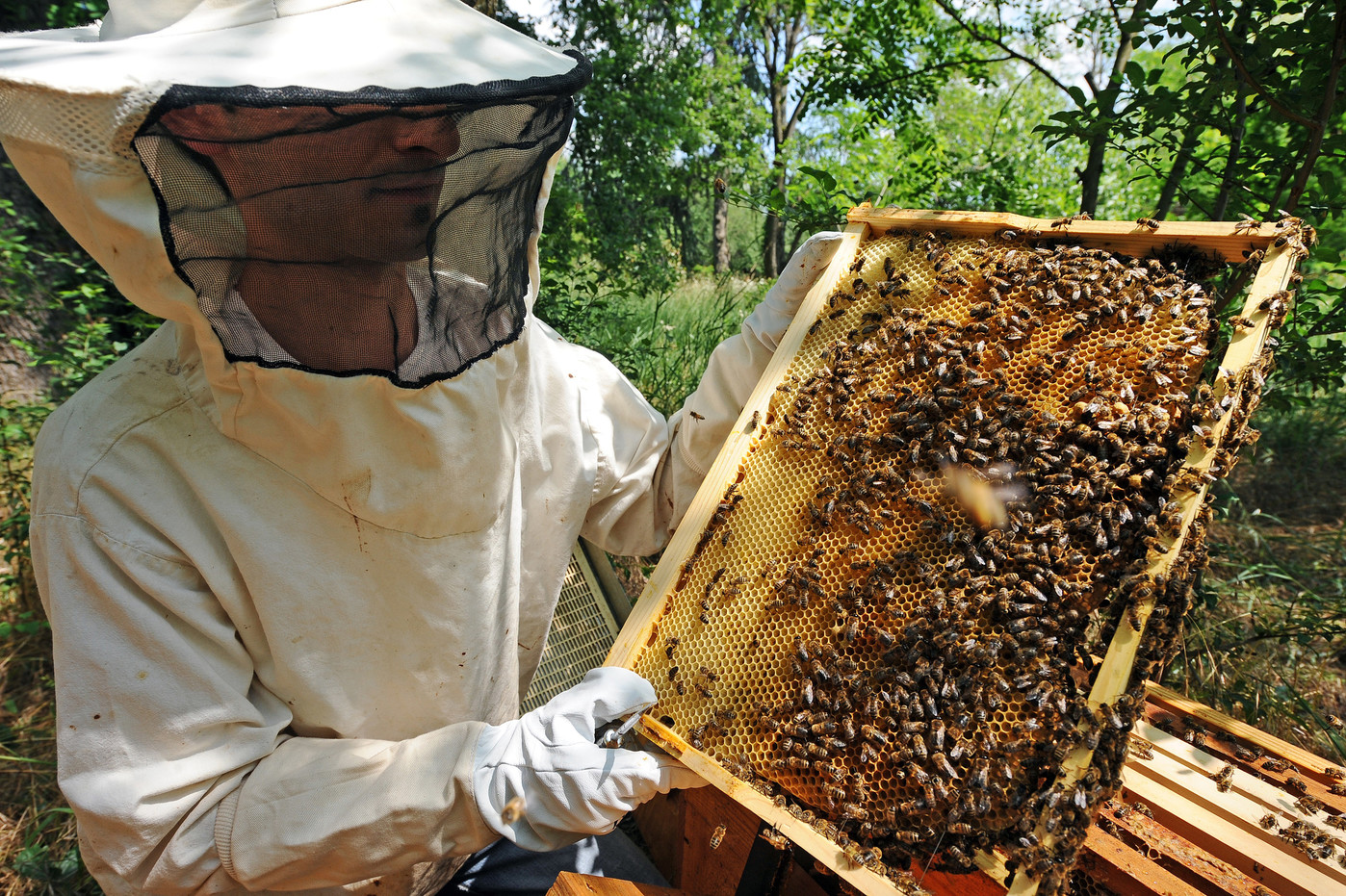
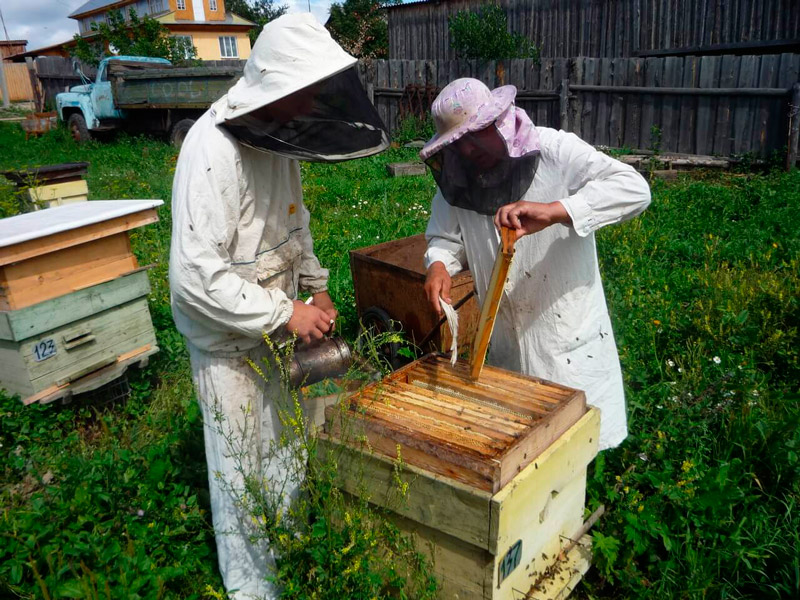

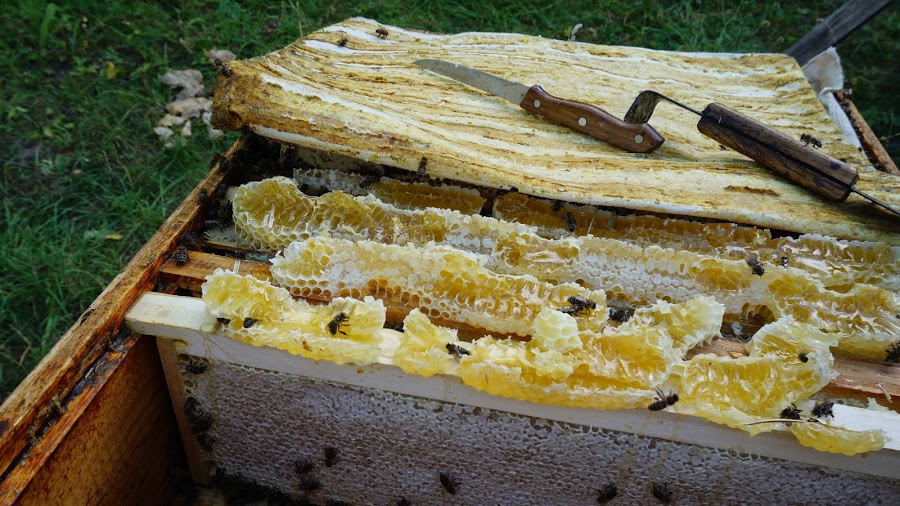
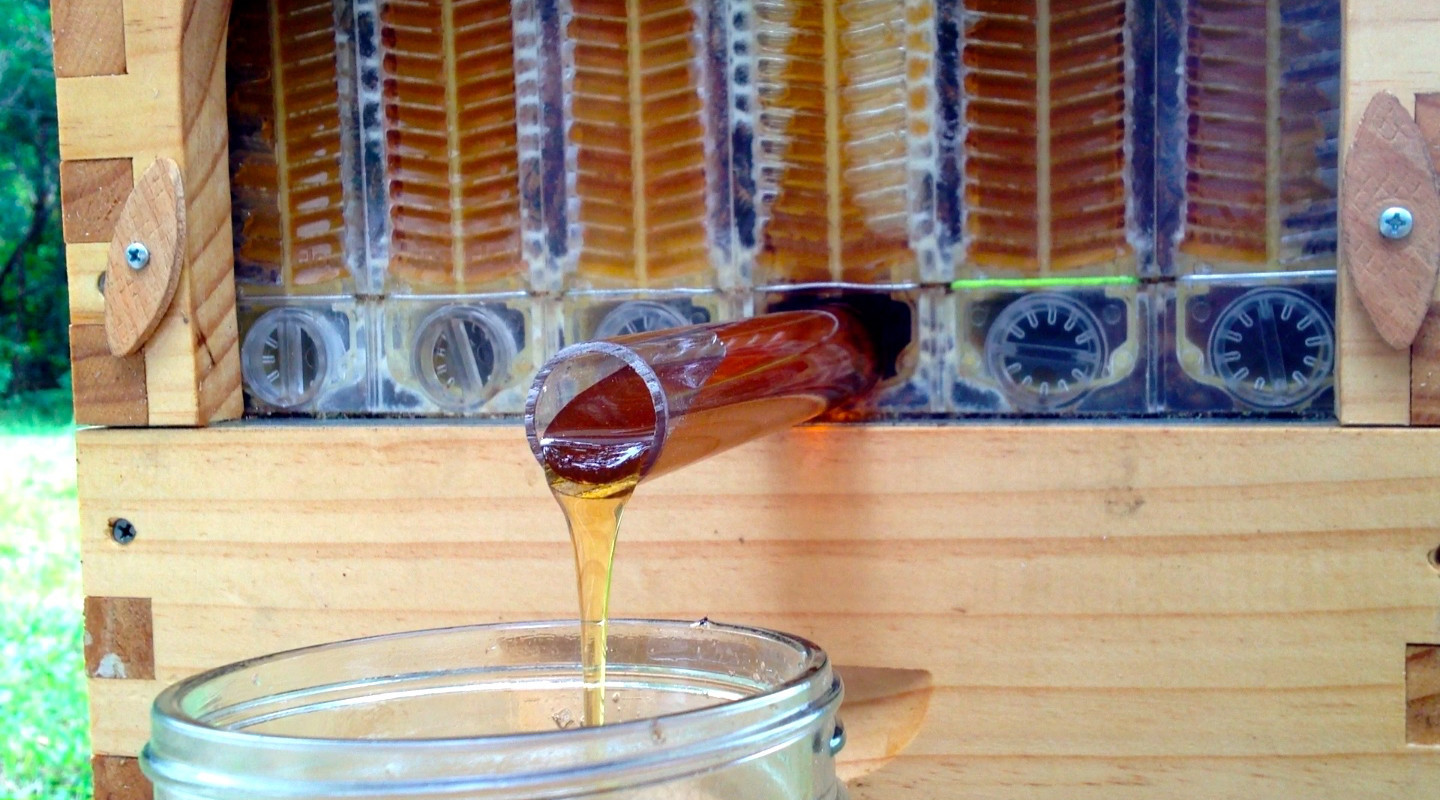
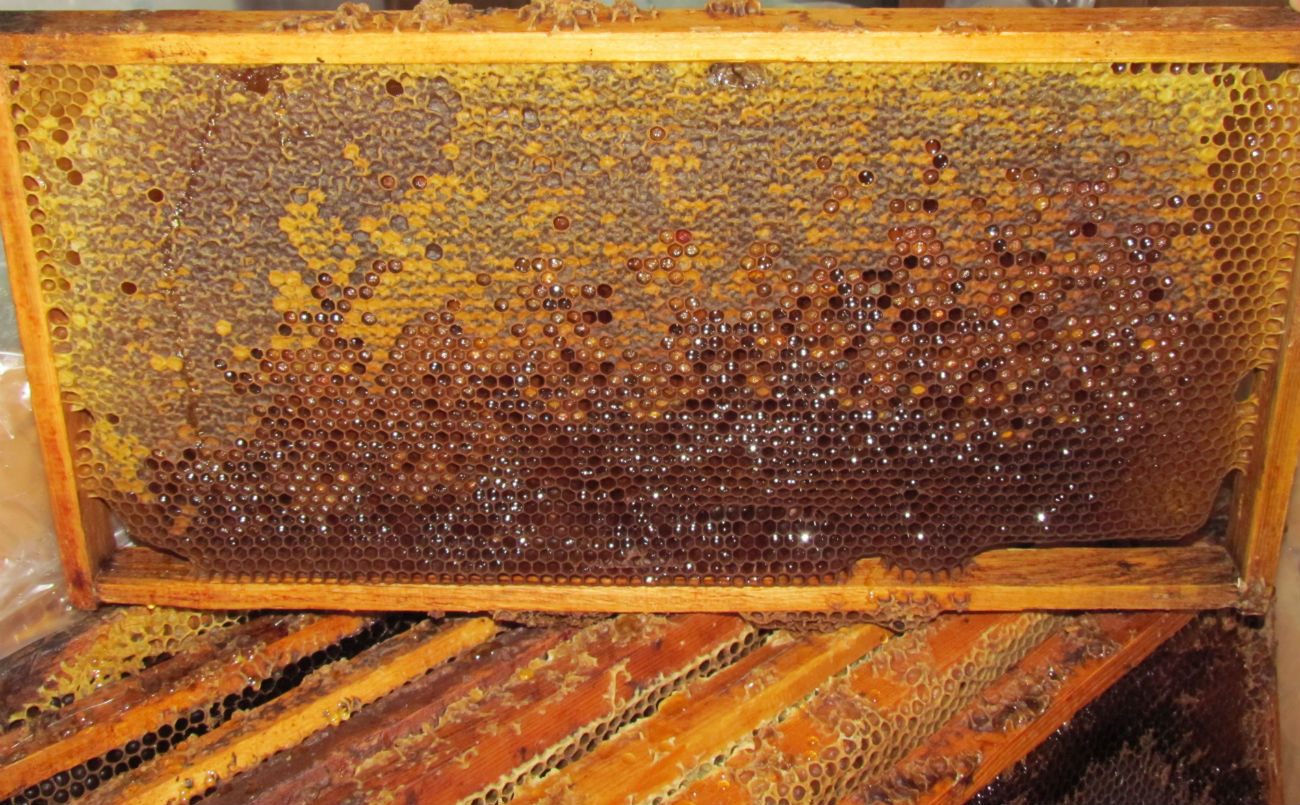
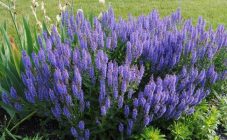
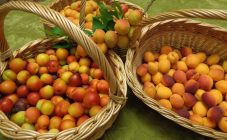
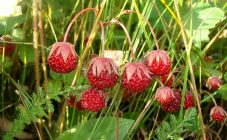
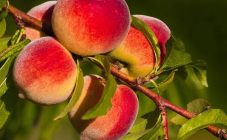
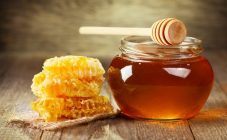
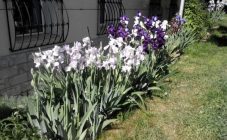







Honey is bee vomit, which a bee regurgitates into a honeycomb, to eat this shit well, fuck it.
go fuck donkeys moron….